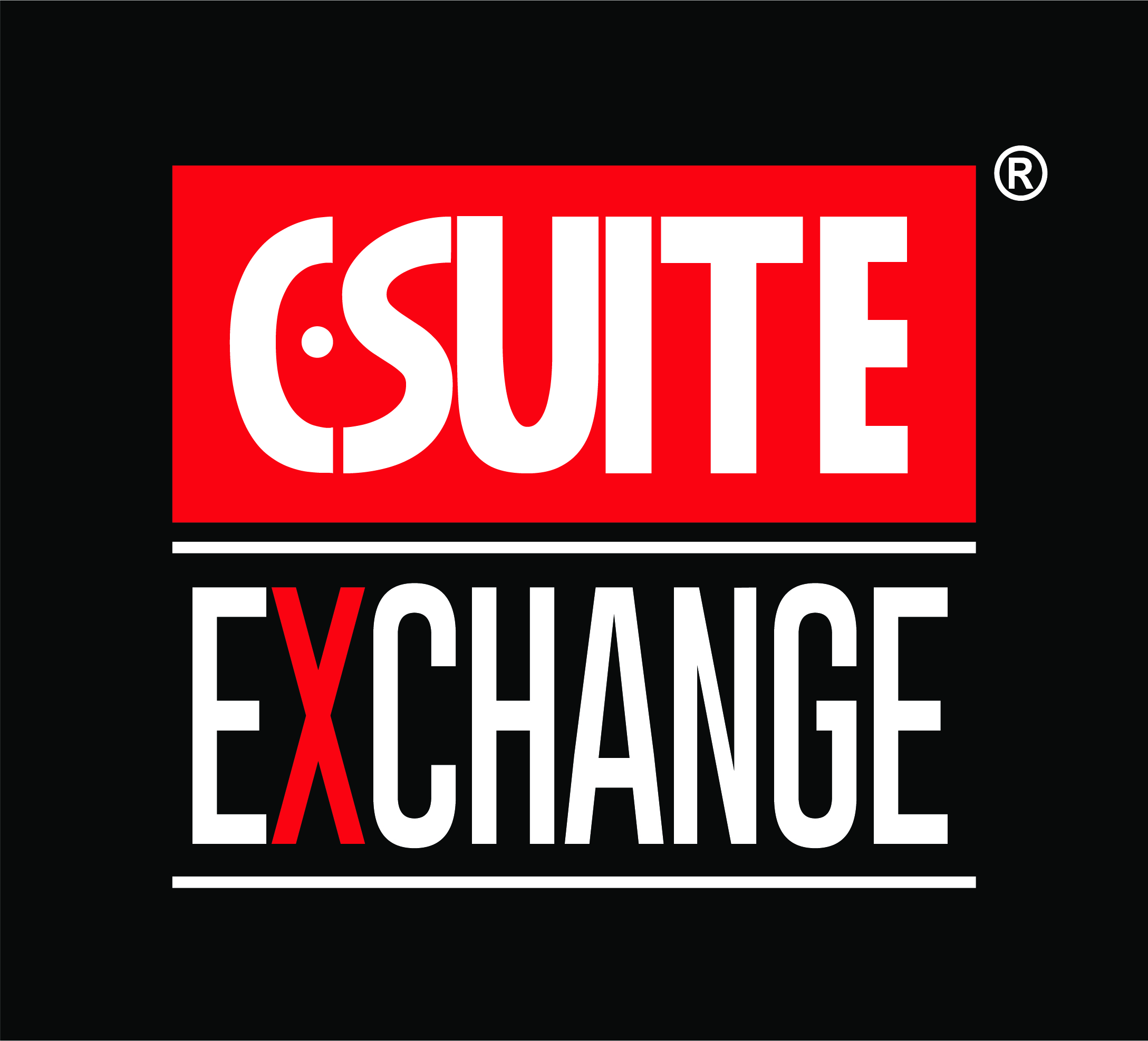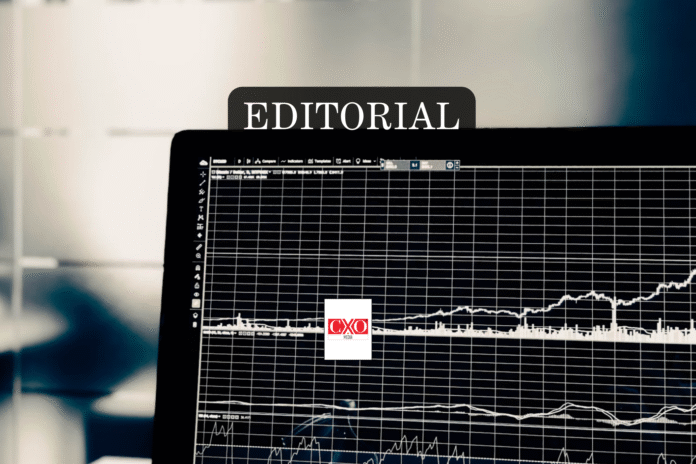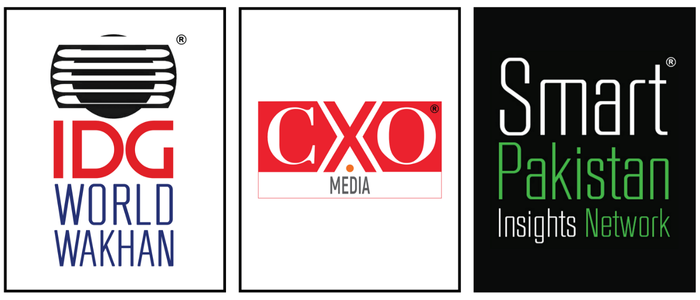The IDC MarketScape: Worldwide Modern Endpoint Security for Enterprises 2024 Vendor Assessment, provides an in-depth analysis of the evolving landscape of endpoint security solutions for enterprises. The document highlights the shift from discrete endpoint security products to multifunctional platforms designed to address the complex and dynamic nature of cyber threats. This transition is driven by the inherent vulnerabilities of end users and their devices, necessitating a multi-layered approach to security that includes prevention, detection, and recovery mechanisms.
Transformation of Endpoint Security
The transformation of endpoint security over the past decade signifies a pivotal shift in how organizations approach the defense of their digital perimeters. This evolution from discrete, single-function products to comprehensive, multifunction platforms reflects the changing landscape of cybersecurity threats and the increasing complexity of protecting end users and their devices. The first key insight from the IDC MarketScape delves into this transformation, underscoring the necessity for a more holistic approach to endpoint security that transcends traditional methods.
Traditionally, endpoint security solutions focused on individual threat vectors, offering specific protections such as antivirus, firewall, or anti-malware capabilities. These solutions operated in silos, each addressing a particular aspect of security without a unified framework to integrate their functionalities or share intelligence. This approach, while effective against certain types of threats, proved inadequate in the face of sophisticated, multi-vector attacks orchestrated by advanced adversaries. As cyber threats have evolved to exploit the interconnectedness of devices and systems, the limitations of discrete point products have become increasingly apparent.
Recognizing these challenges, the industry has witnessed a paradigm shift towards multifunction platforms. These modern endpoint security (MES) solutions represent a convergence of Endpoint Protection Platforms (EPPs) and Endpoint Detection and Response (EDR) technologies, along with additional capabilities that extend beyond mere detection and response. This integration facilitates a layered defense strategy, leveraging the strengths of each component to provide a more robust and adaptive security posture. By combining preventative measures with detection and response mechanisms, MES solutions are better equipped to address the full spectrum of threats, from initial penetration attempts to sophisticated, persistent attacks.
The transformation is driven by the need to address the inherent vulnerabilities of end users and their devices, which present attractive targets for cyber adversaries. The dynamic and complex nature of these targets — encompassing hardware, firmware, operating systems, applications, and the human elements of behavior and decision-making — creates a vast attack surface. The multifunction platform approach aims to reduce this complexity by providing a cohesive security framework that can adapt to changing threats and environments. It acknowledges that completely eliminating risk is impractical but strives to minimize the “gray zone” of uncertainty where threats can proliferate.
Multifunction Platforms
The emergence of multifunction platforms in the realm of endpoint security marks a significant advancement in how organizations safeguard their digital assets against an ever-evolving threat landscape. This factor accentuates the strategic pivot from traditional, singular security solutions to integrated, comprehensive platforms that offer a more cohesive defense mechanism. Multifunction platforms embody a holistic approach to endpoint security, weaving together a tapestry of capabilities that address a wide array of cyber threats through a unified framework.
In the face of sophisticated cyberattacks that exploit the interconnectedness of devices and leverage the smallest of security gaps, the limitations of single-function security products have become glaringly evident. Cyber adversaries continually refine their strategies, utilizing complex, multi-vector attacks to circumvent traditional security measures. Against this backdrop, multifunction platforms have emerged as a beacon of innovation, offering an integrated suite of security technologies that work in concert to provide a layered defense strategy. These platforms unify Endpoint Protection Platforms (EPPs) and Endpoint Detection and Response (EDR) solutions with additional security functions, such as threat intelligence, vulnerability management, and post-attack recovery capabilities, under a single umbrella.
This integrated approach delivers several distinct advantages. Firstly, it enables a seamless sharing of threat intelligence and contextual insights across the platform, enhancing the accuracy and speed of threat detection and response. By leveraging the collective strength of various security technologies, multifunction platforms can identify and mitigate threats more effectively than isolated solutions. Moreover, the consolidation of security functions into a single platform simplifies the management and operational overhead for security teams, allowing for more streamlined and efficient security operations. This not only reduces the complexity associated with managing multiple disparate security tools but also optimizes resource utilization, making it easier for organizations to adapt their security posture in response to emerging threats. Furthermore, multifunction platforms are designed to be adaptive, supporting the dynamic nature of modern business environments. They offer scalability and flexibility, enabling organizations to tailor their security measures to specific needs and adjust their defenses as their digital landscape evolves. This adaptability is crucial in an era where the pace of technological change and the sophistication of cyber threats continue to accelerate.
Vendor Analysis – Trellix
Trellix’s emergence is particularly notable for overcoming the skepticism that often accompanies mergers and acquisitions in the tech sector. The combination of McAfee’s robust endpoint protection capabilities with FireEye’s advanced threat intelligence and forensics expertise has positioned Trellix as a unique entity capable of delivering comprehensive security solutions. This integration has not only expanded Trellix’s product portfolio but also enriched its capability to offer multifaceted security solutions that address a broad spectrum of cybersecurity challenges faced by enterprises today.
One of Trellix’s standout features is its expansive portfolio of security products, which is among the broadest in the industry. This diverse range enables Trellix to offer solutions that cover a wide range of cybersecurity needs, from endpoint protection to advanced threat intelligence and response capabilities. The breadth of Trellix’s portfolio signifies its ability to serve as a one-stop shop for enterprises seeking comprehensive security solutions, thereby reducing the complexity and costs associated with managing multiple vendors and solutions. Central to Trellix’s operational excellence is the Trellix ePO (Endpoint Policy Orchestrator), an enterprise-class policy management system that represents a significant competitive edge. Trellix ePO facilitates the centralized management of security policies across an organization’s digital estate, enabling streamlined security operations and enhanced visibility into the security posture of the enterprise. This system is pivotal in allowing businesses to orchestrate their security measures efficiently, ensuring that defenses are consistently applied and adapted as threats evolve.
The dual-platform architecture of Trellix, which leverages both agent and cloud capabilities, is another foundational strength. This architecture ensures that Trellix’s solutions are not only scalable and adaptable but also capable of delivering a unified experience across different security technologies. It allows for real-time adjustments in threat detection and response based on evolving conditions, providing a resilient defense mechanism that can operate effectively even in challenging scenarios, such as when network connectivity is compromised. Moreover, Trellix Insights exemplifies the company’s commitment to going beyond mere threat detection. By offering actionable intelligence and insights, Trellix empowers organizations to understand their security vulnerabilities better, anticipate potential threats, and make informed decisions to strengthen their security posture. This capability is crucial for enterprises aiming to maintain a proactive stance in their cybersecurity efforts, enabling them to stay ahead of emerging threats.
However, Trellix’s journey is not without challenges. A primary challenge for Trellix is overcoming the perception of being a legacy vendor. In the fast-paced world of cybersecurity, being labeled as “legacy” can carry connotations of being outdated or slow to innovate, potentially deterring prospective customers looking for cutting-edge solutions. This perception can overshadow Trellix’s achievements in integrating advanced technologies and developing a comprehensive security platform. Combatting this stereotype requires continuous innovation and effective communication of the value and modernity of Trellix’s offerings to the market.
The integration of McAfee’s enterprise business and FireEye products into a single entity under Trellix was a big task, one that brought together vast portfolios of security products and technologies. While Trellix has made significant strides in merging these assets into a cohesive offering, the integration process presents ongoing challenges. Achieving seamless interoperability between different technologies, ensuring a unified customer experience, and maintaining the pace of innovation across the combined product suite are critical issues that Trellix must address to fully realize the potential of its merger.
Another challenge lies in the necessity for continuous innovation in response to an ever-evolving cyber threat landscape. Cyber adversaries are constantly developing new tactics, techniques, and procedures (TTPs) to exploit vulnerabilities and bypass security measures. For Trellix, staying ahead requires not only the constant enhancement of existing solutions but also the development of new capabilities that anticipate and neutralize emerging threats. This demands significant investment in research and development, as well as a keen understanding of the threat environment and the needs of enterprises. Furthermore, the cybersecurity market is characterized by intense competition, with numerous vendors vying for market share by offering novel and differentiated solutions. For Trellix, standing out in this crowded marketplace necessitates a focus on innovation, customer service, and the ability to deliver tangible value to enterprises. This includes demonstrating the effectiveness of its solutions in preventing and mitigating cyberattacks, as well as providing superior customer support and services that enhance the overall security posture of its clients.
Advice for Technology Buyers
The IDC MarketScape report offers crucial advice for technology buyers navigating the complex and competitive landscape of modern endpoint security (MES) solutions. This guidance is particularly relevant in an era where cyber threats are becoming increasingly sophisticated, and the need for robust, multifunctional security platforms is paramount. For technology buyers, the selection of an MES solution is not merely a product purchase but a strategic decision that significantly impacts their organization’s security posture and operational efficiency.
Firstly, technology buyers are encouraged to adopt an assertive approach in their evaluation of MES vendors. The highly competitive nature of the MES market means vendors are keen to secure new customers or expand their footprint within existing client organizations. Buyers should leverage this competitive environment to set high expectations for the functionality, integration capabilities, and support services of MES solutions. It’s essential to assess not only what the MES solution can do but also how it achieves its outcomes, including the ease of management and the operational demands it places on the organization’s security team.
The advice underscores treating the selection of an MES solution as a long-term strategic decision. Modern endpoint security solutions have evolved beyond simple point products into comprehensive platforms that offer a broad array of functionalities. This evolution means choosing an MES solution is a commitment to a platform that will form the backbone of the organization’s cybersecurity defenses. As such, buyers should conduct a holistic evaluation of MES solutions, considering their ability to meet current and future security needs, integrate with existing systems, and adapt to evolving threat landscapes. Moreover, thorough testing of potential MES offerings in real-world environments is highlighted as critical to informed decision-making. Simulated scenarios and vendor demonstrations can provide insights, but there’s no substitute for assessing how a solution performs under the specific conditions and challenges of the buyer’s operational environment. Testing not only validates the effectiveness and compatibility of MES solutions but also offers a practical understanding of what it will take to deploy, manage, and optimize the platform within the organization’s IT ecosystem.
Finally, the IDC MarketScape emphasizes the importance of not rushing the decision-making process. Given the strategic significance of MES solutions, rushing into a decision without adequate due diligence can lead to suboptimal outcomes, including potential security vulnerabilities and operational inefficiencies. Technology buyers should take the time to thoroughly assess their options, engage with vendors to clarify capabilities and support offerings, and consider the long-term implications of their MES platform choice.





